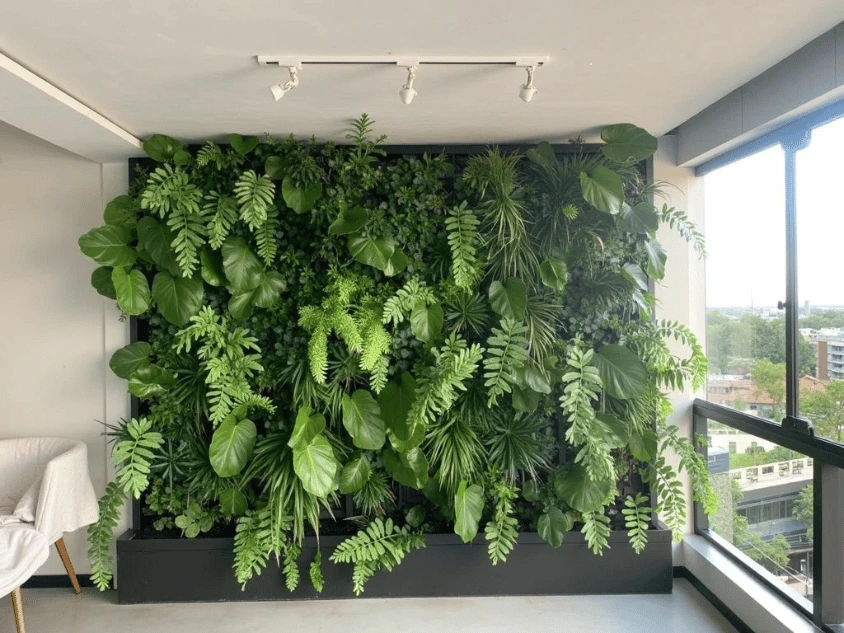Transform Your Wall into a Green Oasis🌱
Vertical gardens offer the perfect solution for adding greenery to your home without occupying floor space. Creating your own DIY vertical garden is cost-effective, fun, and incredibly rewarding. 🌼
This guide provides a step-by-step approach to crafting a personalized garden tailored to your space, style, and needs. 🌷
With a DIY vertical garden, you can maximize small areas while enjoying the beauty and benefits of a lush, green wall. 🌻
Materials and Tools You’ll Need 🛠️
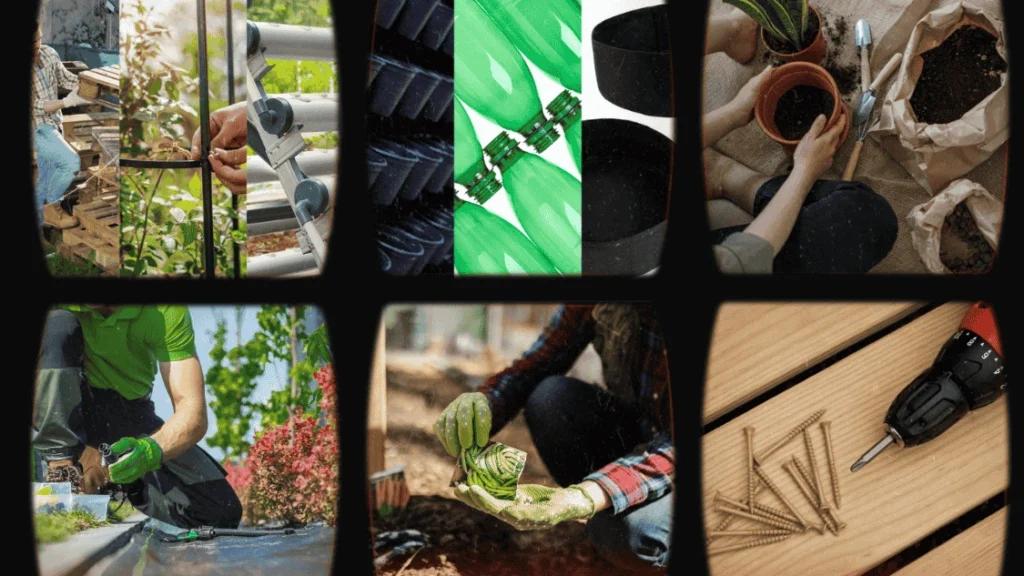
Before you begin your DIY vertical garden, make sure to gather the necessary materials:
- Frame: Wooden pallets, metal grids, or PVC pipes. 🌳
- Planters or Holders: Pots, recycled bottles, or fabric pockets. 🪴
- Soil: Lightweight potting mix rich in nutrients. 🌿
- Plants: Herbs, flowers, or vegetables suited to your environment. 🌸
- Drill and Screws: For assembly and wall attachment. 🛠️
- Waterproof Liner: To protect your walls from moisture. 💧
- Optional Additions: Drip irrigation systems and grow lights for improved functionality. 💡
Step-by-Step Guide to Build Your DIY Vertical Garden 🏗️
Step 1: Choose the Location 📍
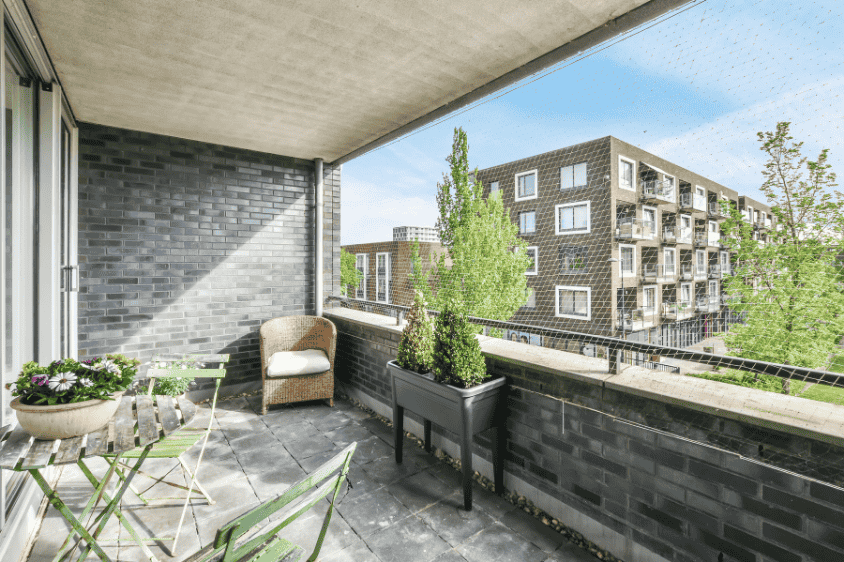
Identify the ideal spot for your garden. Whether indoors or outdoors, find a place where your DIY vertical garden can thrive. 🌿
- Lighting: Most plants require 4–6 hours of sunlight daily. 🌞 Choose a sunny wall or use artificial grow lights for indoor setups. 💡
- Space: Measure the area to determine the size of your garden. 📏
- Accessibility: Ensure the garden is easy to water and maintain. 💧
Step 2: Select Your Support Structure 🔧
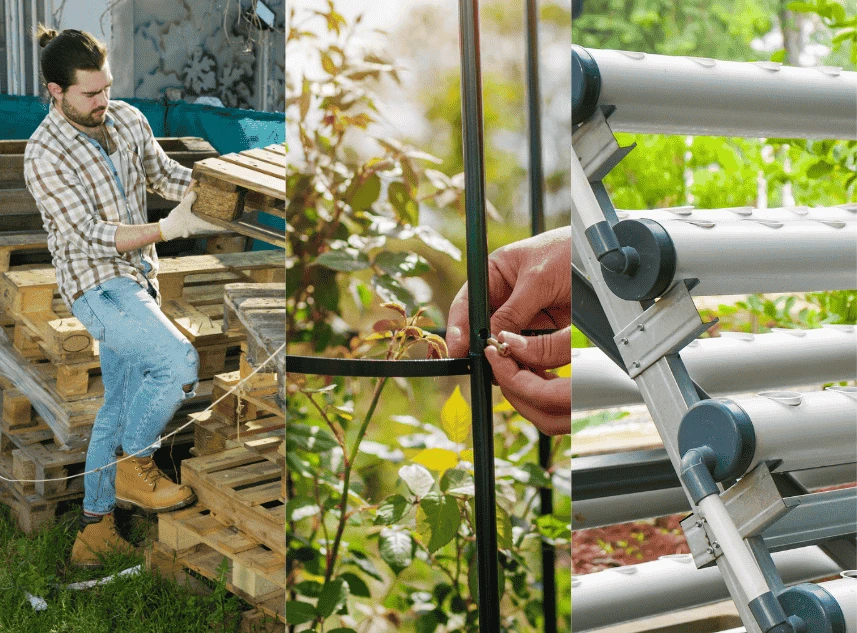
Choose a frame to hold your DIY vertical garden, like wooden pallets, metal grids, or fabric pockets, depending on your available space.
- Wooden Pallets: Affordable and rustic. 🌳
- Metal Grids: Sleek and modern, ideal for hanging pots or baskets. ⚙️
- Fabric Pockets: Lightweight and space-saving for smaller areas. 🧵
- Recycled Materials: Upcycle items like shoe organizers or plastic bottles for an eco-friendly option. ♻️
Step 3: Prepare the Frame 🔨
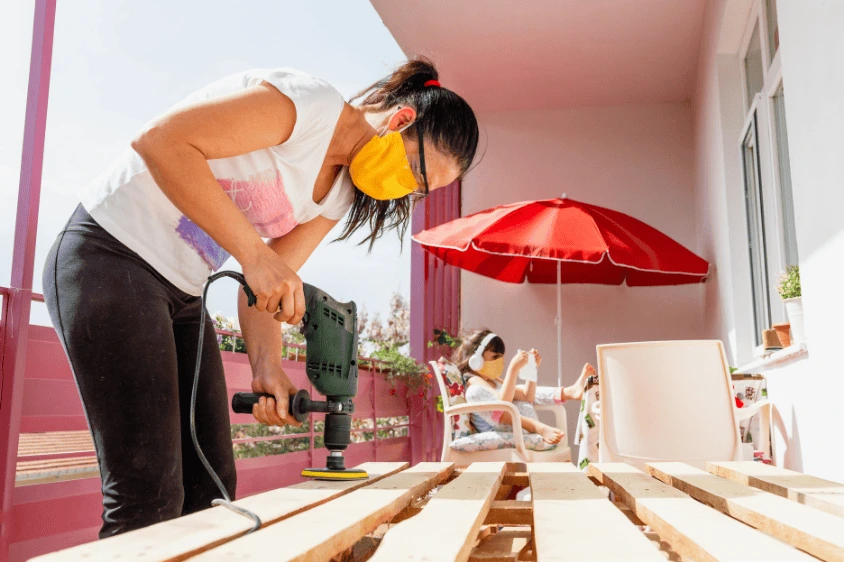
If using wooden pallets or metal grids:
- Sand rough edges to prevent splinters and wall damage. 🪚
- Apply a waterproof sealant if the garden will be outdoors. ☔
- Attach a waterproof liner to protect your walls from moisture. 💧
Step 4: Plan the Layout 📐
Arrange your plants thoughtfully.
- Arrange plants that have similar light and water requirements in the same area. 🌱
- Position trailing plants at the top for a cascading effect. 🌿
- Leave enough space between planters for air circulation and growth. 🌬️
Step 5: Install the Support 🛠️
Secure the frame to the wall.
- Use a drill and heavy-duty screws for wooden or brick walls. 🏠
- For rental spaces, consider freestanding frames to avoid damaging walls. 🏡
Step 6: Attach the Planters 🌿
Fix your chosen planters to the frame.
- Use hooks or clamps to hang pots. 🪝
- Secure fabric pockets with sturdy nails or screws. 🖇️
- Attach recycled bottles or PVC pipes for an innovative design. 🧴
Step 7: Add Soil and Plants 🌱
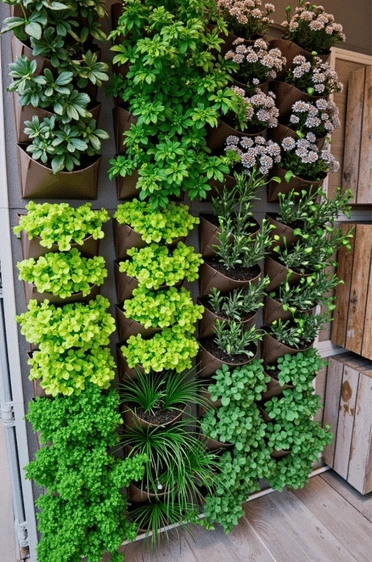
Fill each planter with lightweight potting mix.
- Gently plant your chosen greenery, ensuring roots are well-covered. 🌿
- Water lightly to settle the soil. 💧
Step 8: Install Irrigation (Optional) 💦
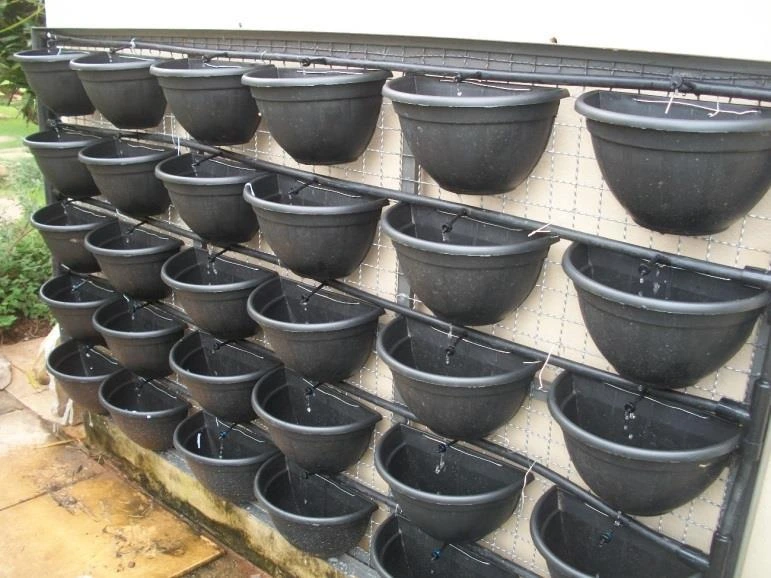
For easier maintenance, add a drip irrigation system.
- Connect a water source to tubes that deliver water directly to each plant. 💧
- Use a timer to automate watering, especially for larger gardens. ⏱️
Step 9: Add Finishing Touches ✨
Enhance your garden’s aesthetic and functionality.
- Use decorative pots for a polished look. 🏺
- Attach grow lights for low-light areas. 💡
- Add labels for herbs and vegetables for easy identification. 🏷️
Step 10: Maintain Your Garden 🌿
Keep your garden thriving with regular care.
- Water: Check soil moisture and water as needed. 💧
- Prune: Remove overgrown or dead foliage. ✂️
- Fertilize: Use a balanced fertilizer every few weeks to replenish nutrients. 🌿
Creative DIY Vertical Garden Ideas 🌸
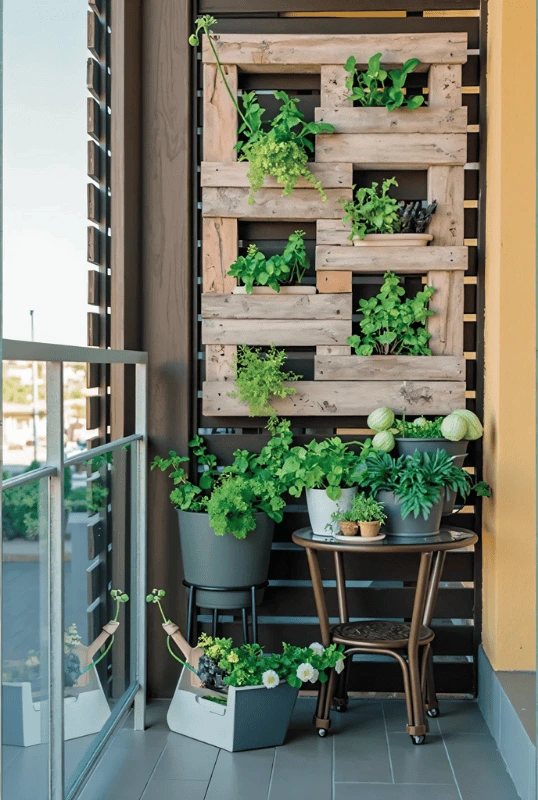
- Kitchen Herb Wall: Mount small pots on a wooden plank near your kitchen to grow basil, parsley, and mint for easy access. 🍃
- Recycled Bottle Garden: Repurpose PET bottles into planters and hang them horizontally in rows, creating a functional and eco-friendly DIY vertical garden. 🥤
- Fabric Pocket Garden: Use an old shoe organizer as a vertical garden, with each pocket serving as a planter. 👟
- Rustic Pallet Garden: Transform a wooden pallet into a DIY vertical garden by attaching pots to its slats, perfect for patios or balconies. 🌳
- Hanging Basket Tower: Stack baskets on a freestanding pole for a portable, space-saving garden. 🪴
Benefits of DIY Vertical Gardens 🌿
- Cost Savings: Use recycled or affordable materials instead of expensive pre-made systems. 💵
- Customization: Tailor the design to fit your space and style. ✨
- Sustainability: Reduce waste by repurposing items. For further reading on sustainable gardening and how it can help reduce environmental impact, check out this 8 environmentally friendly gardening tips ♻️
- Health Benefits: Enjoy fresh air, homegrown produce, and the therapeutic effects of gardening. 🌿
FAQ❓
Q: Can I use my vertical garden indoors?
A: Yes! Vertical gardens can thrive indoors as long as you provide enough light. Think about incorporating grow lights if there’s insufficient natural sunlight. 🌞
Q: What plants are best for a DIY vertical garden?
A: Herbs like basil, parsley, and mint are excellent choices for beginners. Vegetables like lettuce and spinach also grow well in vertical gardens. For more ideas on plants that thrive in small spaces, check out our article on Best Herbs to Grow in Indoor Vertical Gardens. 🌱
Q: How frequently should I water my vertical garden?
A: It depends on the plants you choose. Generally, you should water when the soil feels dry to the touch, but avoid overwatering to prevent root rot. 💧
Bring Nature into Your Space 🌿💚
A DIY vertical garden is more than just a project it’s a way to connect with nature, no matter how small your space is. 🌿💧
By following these steps, you can create a lush and thriving garden tailored to your preferences. 🌸
Whether it’s a vibrant herb wall for your kitchen or a tranquil green corner in your living room, the possibilities are endless. 🌷
Begin your project now and watch your creativity bloom! 🌱

